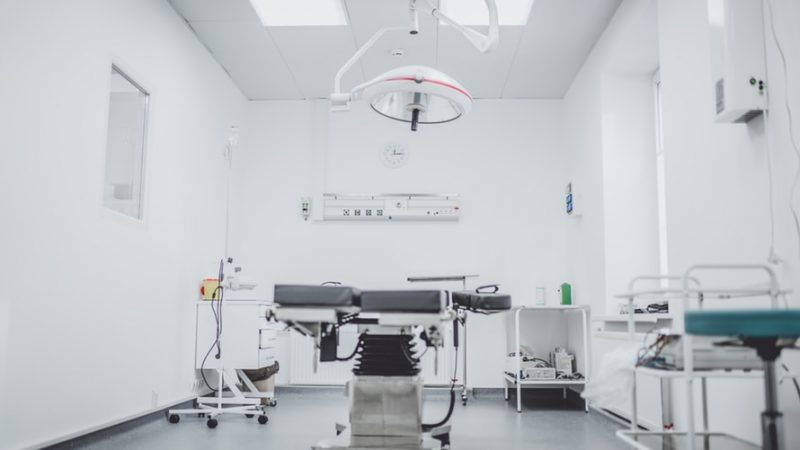Protect Your Family From Medical Bankruptcy
A significant majority of American families are living from paycheck to paycheck. And they are one disease or accident away from bankruptcy. It should not be the case for a first-world country like the United States, but denying that reality is not helping anybody.
For instance, a 2017 survey revealed that nearly 8 in 10 workers are barely getting by with their salaries. Meanwhile, 25% could not stash money into their savings account even if they wanted to. It is not surprising, therefore, that medical costs are the most common driving force that puts American families into bankruptcy.
According to a CNBC report from February 2019, 66.5% of reported bankruptcies in US courts are linked to prohibitive medical bills. The problem is that not a lot of families can fight back. A lawsuit is costly, and they are scared they could not cover the cost. Whether you are a victim of medical malpractice or experienced birth injuries and workplace injuries, you need to be guided on your legal options with the help of legal experts like Tinker law firm.
Due to their rising medical debts, families have no choice but to list their houses on the market. Then they are also forced to bring down the price because they need the money quickly. They are not even thinking about what they will do the moment their loved one recovers.
A study by Northwestern University, for example, concluded that a quarter of low-income households declare bankruptcy after encountering out-of-pocket medical costs.
You can certainly follow these budgeting strategies when faced with medical expenses. And here are some of the things you can do to avoid being buried in debt in times of emergency.
1. Contact your insurance company. Most American families are surprised when they find out their insurance does not cover their medical costs. A survey by the University of Chicago revealed that 57% of Americans had to look elsewhere after their insurance claims were rejected. Do not wait for an emergency before you contact your insurance company. Find out what is and what is not covered by your policy.
2. Buy an individual health plan. Even if your company has medical insurance for workers, you should still take out personal health insurance for yourself. Even if you have a pre-existing condition, insurance companies cannot reject you in states that are covered by the ACA. To date, 37 states have adopted the Affordable Care Act.
3. Try Medicaid. Low-income families can take advantage of the government’s healthcare subsidy. If you do not qualify, you may still be able to enroll your kids in the Children’s Health Insurance Program. The program covers families with household income right above the Medicaid threshold.
4. Ask for a payment plan. Hospitals and your insurance company may accommodate your request to break down the payment into monthly payments. For them, the arrangement is much better than going through the bankruptcy process. They may still recover the medical costs, but it is going to be arduous. With the payment plan, you guarantee to pay back what you owe.
Of course, it is not a given that the hospital or insurance company will grant your request for a payment plan. However, there is no harm in negotiating as they assess applications on a case-by-case basis. If you do not ask, there is a 100% chance that they will not suggest one.




